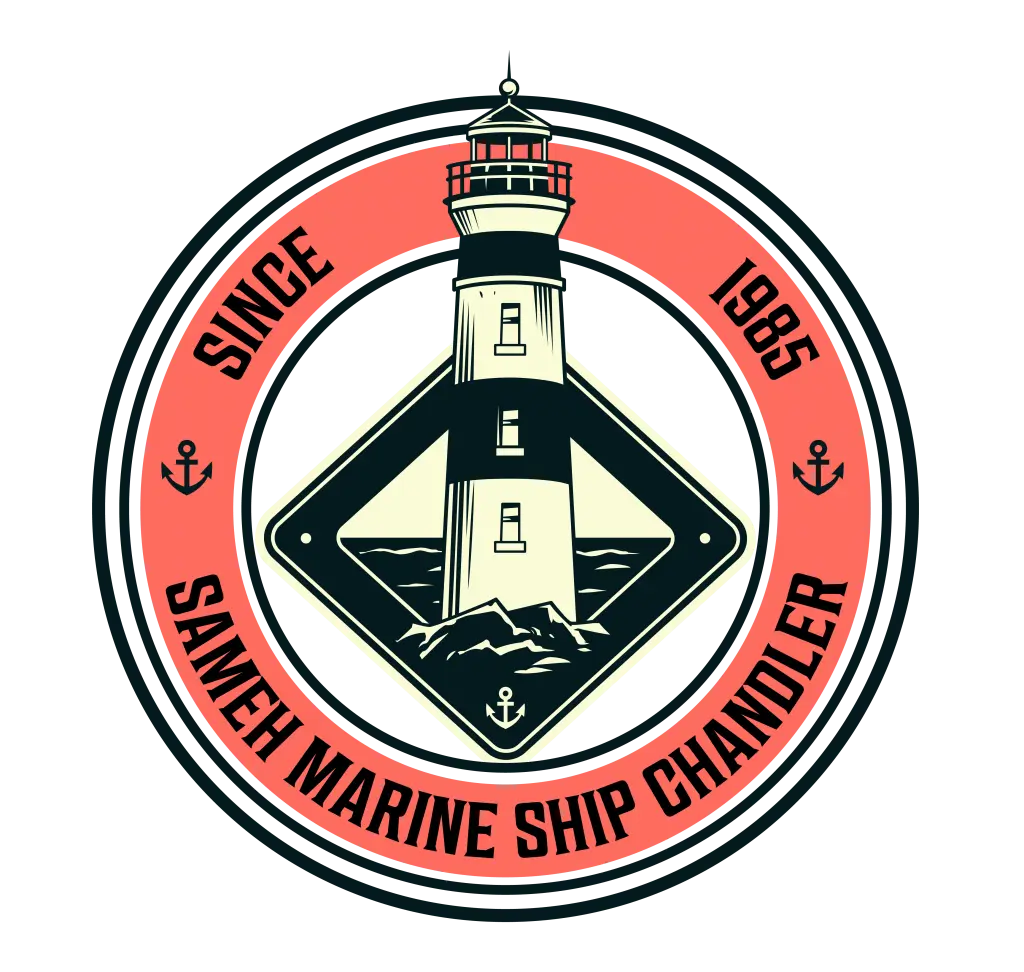The Suez Canal stands as a pivotal waterway connecting the Mediterranean Sea to the Red Sea, facilitating the passage of vessels and significantly reducing travel distances between Europe and Asia. However, the operational challenges inherent in this narrow channel can amplify the complexity of emergency engine room repairs, posing significant logistical hurdles for vessel operators. In this guide, we explore the intricacies of emergency engine room repairs Suez Canal, the secrets of underwater ship repairs, exploring the critical considerations, challenges, and best practices for navigating such scenarios effectively.
Understanding the Suez Canal
The Suez Canal’s historical significance and strategic importance in global trade cannot be overstated. Opened in 1869, this artificial waterway transformed maritime transportation by providing a direct route between the Mediterranean and Red Seas, bypassing the lengthy and treacherous journey around the southern tip of Africa.
Today, the Suez Canal remains a vital conduit for international commerce, accommodating an array of vessels, including container ships, tankers, and bulk carriers. Its narrow width and intricate navigation requirements demand precise maneuvering and heightened vigilance from ship crews to ensure safe passage.
Types of Emergency Engine Room Repairs
Emergency engine room repairs encompass a broad spectrum of mechanical and electrical issues that can compromise a vessel’s propulsion and operational capabilities. From engine failures and fuel system malfunctions to electrical faults and structural damage, these emergencies necessitate swift and decisive action to mitigate risks and safeguard crew safety.
Among the most common engine room challenges encountered in the Suez Canal are:
- Engine overheating and coolant leaks
- Fuel pump failures and fuel contamination issues
- Electrical system malfunctions and power outages
- Propeller damage and shaft misalignment
Challenges of Conducting Repairs in the Suez Canal
Conducting emergency engine room repairs in the confines of the Suez Canal presents a unique set of challenges for vessel operators and repair crews alike. The narrow width of the Suez Canal, as evident in instances such as the recent Suez Canal SOS: Emergency Ship Repairs, restricts flexibility and increases the risk of collisions or groundings, particularly during high-traffic periods when congestion is prevalent.
Furthermore, the availability of repair facilities and support services along the canal route may be limited, necessitating careful planning and resource allocation to ensure timely assistance in the event of an emergency. Environmental factors such as extreme temperatures and unpredictable weather conditions can further complicate repair operations, requiring crews to adapt and improvise in challenging circumstances.
Emergency Response Procedures
Effective emergency response procedures are paramount to minimizing downtime and restoring vessel functionality promptly. Crew members must be well-versed in emergency protocols and trained to execute predefined response strategies with precision and efficiency.
Key elements of an emergency response plan for engine room failures include:
- Immediate notification of relevant authorities and stakeholders
- Activation of emergency systems and safety protocols
- Assessment of the extent of damage and implementation of temporary fixes
- Coordination with canal authorities to facilitate vessel movement and prioritize repair assistance
Tools and Techniques for Engine Room Repairs
Equipping vessels with the necessary tools and resources is essential for conducting emergency engine room repairs effectively. From portable diagnostic equipment and spare parts to specialized repair materials and welding apparatus, crews must have access to a comprehensive toolkit capable of addressing a wide range of mechanical and electrical issues.
Furthermore, familiarity with industry best practices, innovative repair techniques, and the procurement of ship’s spare parts can empower crews to overcome challenges and navigate repair scenarios with confidence. Continuous training and skill development are integral to ensuring crew members remain proficient in handling emergencies and adapting to evolving repair requirements.
Regulatory Compliance and Documentation
Navigating the regulatory landscape governing emergency engine room repairs in international waters requires meticulous attention to detail and adherence to established protocols. Vessel operators must ensure compliance with relevant maritime regulations and reporting requirements to mitigate liability and uphold operational integrity.
Documentation plays a crucial role in documenting repair activities and demonstrating regulatory compliance. From maintenance logs and incident reports to communication records and compliance certificates, thorough documentation facilitates transparency and accountability throughout the repair process.
Case Studies and Lessons Learned
Examining real-life case studies of emergency engine room repairs and hull cleaning in the Suez Canal provides valuable insights into the complexities and nuances of repair operations in this dynamic environment. By analyzing successful repair strategies and identifying areas for improvement, vessel operators can glean actionable lessons and enhance their preparedness for future incidents.
Key takeaways from case studies may include:
- The importance of proactive maintenance and regular equipment inspections
- Effective communication and collaboration among crew members and external stakeholders
- Adherence to established safety protocols and regulatory requirements
- Continuous evaluation and refinement of emergency response procedures based on lessons learned
Conclusion
In conclusion, emergency engine room repairs in the Suez Canal present unique challenges and complexities that demand careful planning, coordination, and expertise. By understanding the nuances of repair operations and embracing proactive strategies for mitigating risks, vessel operators can navigate emergency scenarios with confidence and safeguard the integrity of their operations in this critical maritime corridor. Embracing a culture of preparations and continuous improvement is crucial for safeguarding the safety of crew members, protecting assets, and preserving the integrity of the Suez Canal as a vital artery of global trade, especially within the context of shipyards.
